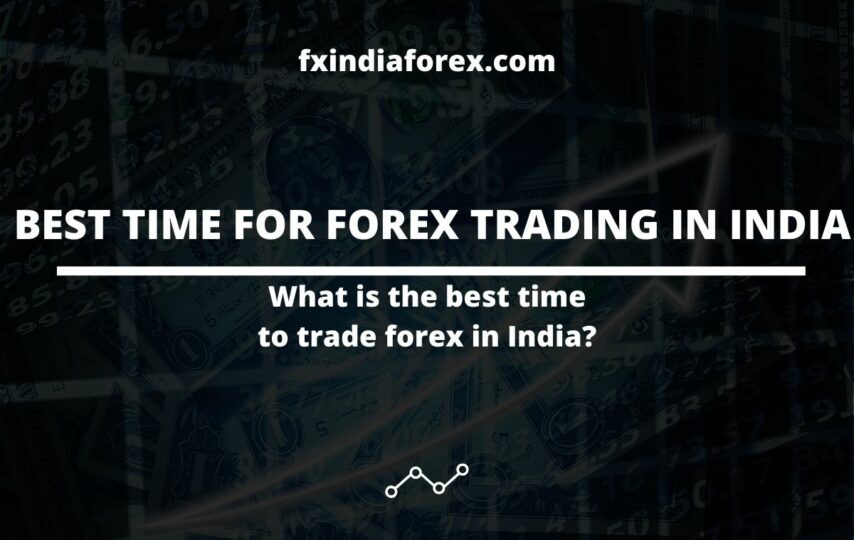Demat accounts aren’t necessary for forex trading in India because you won’t receive delivery of currency at the closing of a trading period.
Cash is used to settle each trade. To start trading forex in India, you only need a trading account and a bank account. However, we’ve compiled a list of the best forex trading in India for those who don’t have an account yet.
Things you should know before opening a Forex account
1. Leverage
As the word means, leverage is just an expression for the X-factor multiplied by your available margin. It’s possible to get $100,000 worth of the stock for $10,000 because of the leverage (10:1 is a 10:1 ratio). However, the leverage is inversely proportional to the level of risk. When an account goes negative, brokers have a safety net in place.
2. Fees and Commissions
There are no costs involved with each FX transaction, unlike stock trading. Instead of going through a broker, people who trade forex do it with market participants directly.
There are several factors that affect the spread of currency pairs. Even if the difference is only one pip (0.0001), it can have a considerable impact when applied to a big volume. More pips can be won or lost with wider spreads.
3. Additional Factors
The various degrees of programs and services provided to identify a special member and service charges are the other considerations in choosing the best forex broker in India. In addition, there are educational and training programmes available which you can review easily.
Market players such as FX brokerage firms are heavily regulated. Take a look at how many countries have authority over the business. However, it is advised to do complete research before opening an account.
How to start forex trading in India?
You can trade currencies by trading pairs of them or buy derivatives like futures and options. Both of those are pretty similar to investing in stocks.
1. Buying and Selling
If you’re long on a currency pair, you’re betting that it’s beginning to increase in value, and you’ll enjoy the benefits of that.
For instance, let’s claim you bought a pair of GBP/USD at 1.2936. You’ll earn money unless the value rises to 1.2937 and higher and falls to 1.2635 or below.
2. Taking Advantage of Derivatives
Derivatives on currency pairings, such as futures and options, are an additional way to trade forex. When you buy a futures market, you are committing to purchase the fundamental currency pair at a set place and time in the future.
The ability to buy a currency pair at a certain price before a specified point in the future is provided by buying an option on an exchange rate in opposition. When you buy an option, you are buying a right that must be used, or it will expire ahead of the specified future date and time.
Various kinds of Forex Trading Order
After learning about forex trading, this will be helpful to know the many kinds of orders that can be made.
1. Market orders or limit orders
The first order to start a new position—either a purchase (long) or sell (short) position—can be one of these. You currently have two options.
- Market Order: A market order takes a stand at the current market exchange rate. The current exchange rate is used to complete the market order.
- Limited Order: Another option is to place a limit order that sets the price you want to buy or sell. When the rate reaches a specified limit, limit orders are executed.
2. Profit taking order
A trader with an open position might decide they would like to lock in their earnings by placing a take-profit order.
To put it another way, a trader is confident that the GBP/USD rate will reach 1.2940 but unlikely that it will go any further than that. To protect his gains, he can use a stop-loss order.
3. A stop-loss order
When a trader places a take-profit order, they are restricting profits. The stop-loss order is the exact reverse.
For instance, you decide to buy GBP/USD at 1.2936 and realize the most losses you can bear at three pip. In this case, you can set a stop-loss order to close the trade at 1.2933. Stop-loss orders limit losses if the rate declines further.








